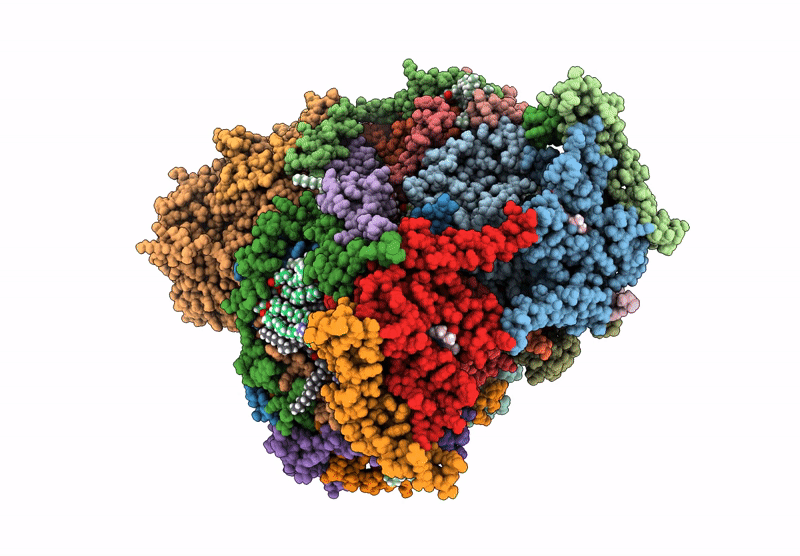
Deposition Date
2024-07-25
Release Date
2025-06-18
Last Version Date
2025-06-18
Entry Detail
PDB ID:
9G9T
Keywords:
Title:
Cryo-EM structure of the Toxoplasma gondii respiratory chain complex III inhibited by ELQ-300
Biological Source:
Source Organism:
Toxoplasma gondii (Taxon ID: 5811)
Host Organism:
Method Details:
Experimental Method:
Resolution:
1.80 Å
Aggregation State:
PARTICLE
Reconstruction Method:
SINGLE PARTICLE


